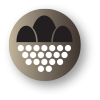In the Surroundings
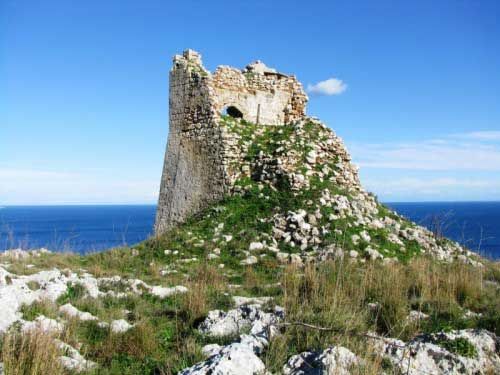
Torre del Sasso o torre del Mito
So named because it is located on a cliff 116 meters above sea level, the tower, whose existence is documented since 1584, is now partially ruined.
It had a truncated pyramid base and an overlying body with square plan.
The upper room probably had a barrel vault, and a covering with regular tuff blocks, as it can be guessed from the remains still visible. The rocks on which it stands are made up of organogenic limestone, rich in fossils.
Amongst the vegetable environment, in addition to the rural lizards (Podarcis sicula), also green lizards (Lacerta bilineata) and cervoni (Elaphe quatuorlineata) may be met.
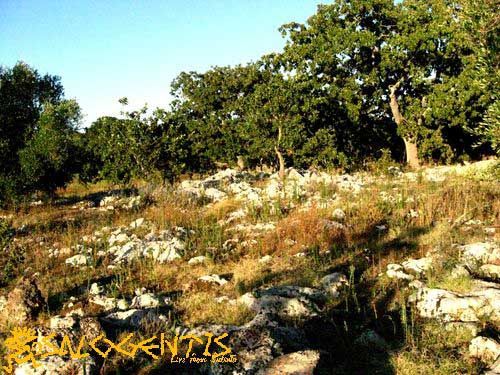
BIOTOPE OF THE VALLONEE
The Wood of Tricase is a site with a classic Mediterranean climate, but characterized by autumn rainfall, which favor the spontaneous reproduction of Oak vallonea (Quercus macrolepis), a species typical of the eastern regions of the Mediterranean.
This site is the only wood of Quercus macrolepis present in Italy with mono-phytogenetic purity.
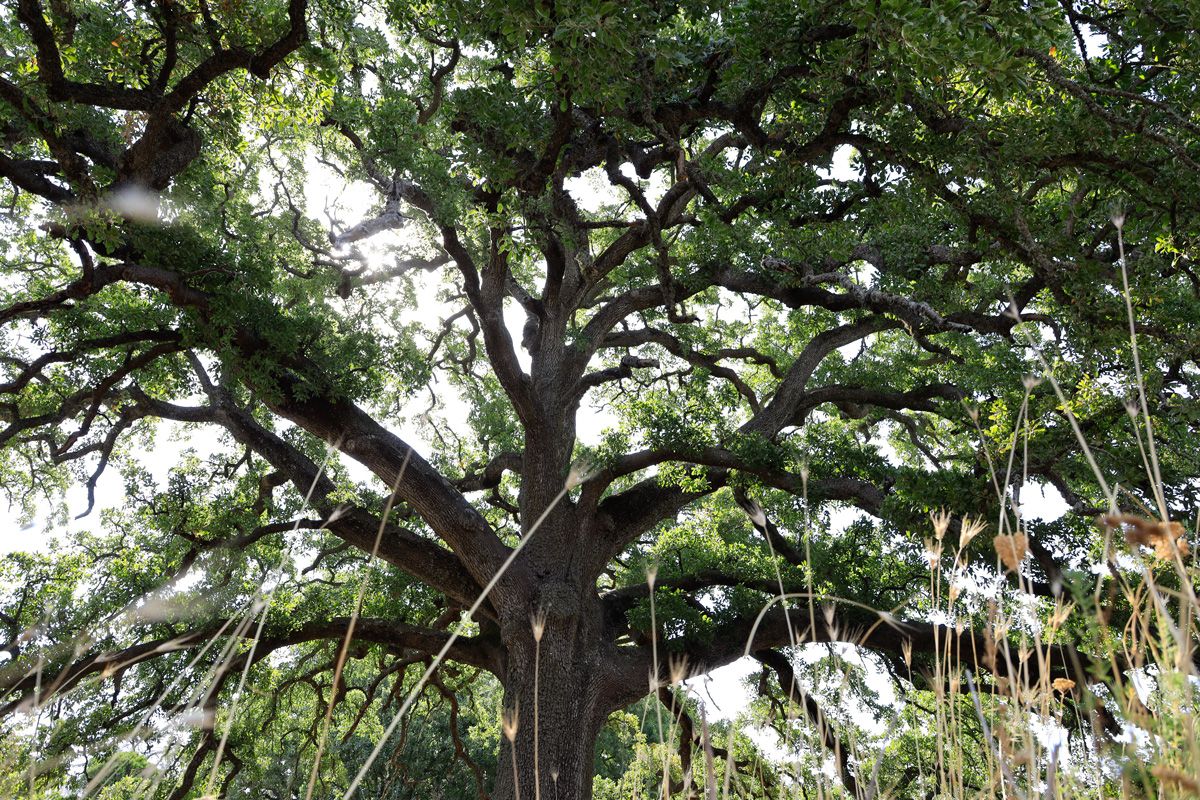
THE QUERCIA VALLONEA OR QUERCIA DEI CENTO CAVALIERI (OAK OF THE HUNDRED KNIGHTS)
Near the Wood, on the road to Tricase Porto, stands the famous “Vallonea of the hundred knights”, the most beautiful and best known oak of its species, elected the most beautiful tree in Italy in 2019.
Over 700 years old, the centuries-old oak has a trunk with a circumference of over 4.5 metres and a height of over 18 metres. Its foliage, in full vegetative period, covers an area of over 700 square meters.
One of the legends about the oak tells that Frederick II, during one of his journeys, found shelter from a storm, together with his 100 knights, right under the immense foliage of the Vallonea oak.
For centuries, this important tree and the many other valleys in the area have contributed to the development of the local economy. The wood was used for small carpentry works and the tannin contained in the acorns was used to colour the fishing nets and sails, for tanning the leather and to keep pests away during the drying of tobacco and other agricultural products. Its acorns also fed animals and especially men for centuries during periods of famine.
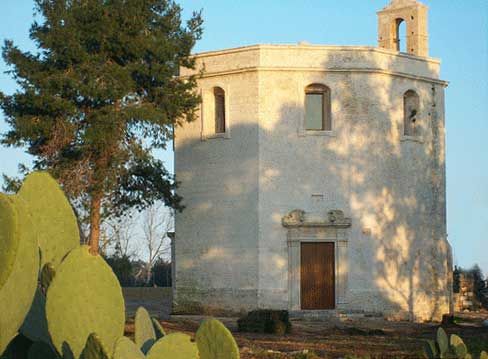
CHURCH OF MADONNA DI COSTANTINOPOLI (OUR LADY OF CONSTANTINOPLE) OR CHIESA DEI DIAVOLI (CHURCH OF DEVILS)
On a little used road (via SS. Medici) leading from the town center to Borgo Pescatori in Tricase Porto, lies an octagonal building.
It is the Church of Our Lady of Constantinople founded in 1684 by the family of Jacopo Francesco Arborio Gattinara, Marquis of San Martino, also called the Church of “Devils” or “New” Church. According to the legend, it was built by the devil in one single night.
This church is about half a mile out of Tricase, and it has five altars. Restored and returned to the community after years of neglect, it is currently home to cultural events.
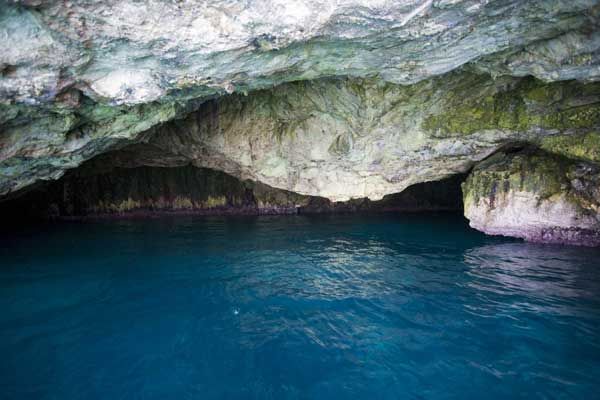
THE GROTTA MATRONA
The Grotta Matrona , a karstic cave, is situated in Marina Serra, a few kilometers from Tricase Porto.
It is accessible by sea and, once entered, you find yourself surrounded by a really incredible show of light and color; the sunrays penetrating the entrance reflect the blue of the water on the limestone walls.
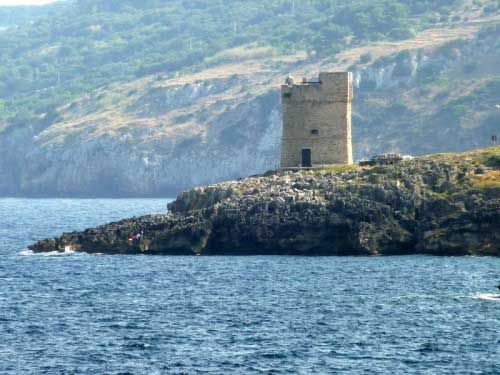
TORRE DI PALANE
Built in the sixteenth century as a guard post for the defense of the coast from Saracen raids, it is made of sandstone blocks, extracted from quarries in the surrounding area, and is 15 meters high. It has a truncated pyramid shape, with its base slightly wider, and at the top, at the entrance, it has an elevation with machicolation to defend the first floor access door.
The tower communicated visually with the Tower of the Port of Tricase and with Torre Nasparo.
© 2020 Associazione Magna Grecia Mare P.IVA: IT03755890757 • Cookie & Privacy Policy







